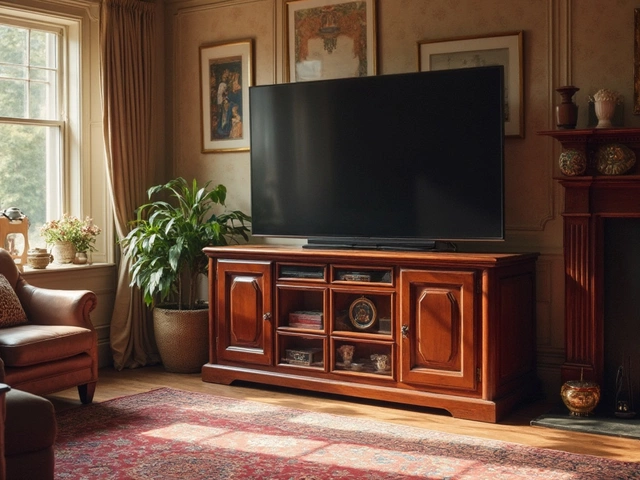Office Chairs – Ergonomic, Durable Seating for Education & Work
Looking for a chair that won’t give you a sore back after a few hours? You’re in the right place. Office chairs are more than just a place to sit; they support learning, boost productivity, and stand up to daily wear. Whether you’re fitting a classroom, a staff room, or an office, the right chair makes a big difference.
What Makes a Good Office Chair?
A good office chair starts with adjustability. Height, tilt, and lumbar support should move with you. If a teacher can’t raise the seat enough for a tall student, or a worker can’t lower it for a short‑statured colleague, the chair isn’t doing its job. Look for a pneumatic lift lever—those smooth squeezes let you fine‑tune the seat height in seconds.
Next up is the seat cushion. High‑density foam or a breathable mesh keeps pressure off the hips and lets air flow, so you don’t end up sweaty after a morning lesson. For schools, a sturdy fabric that resists stains is a win. In the office, leather‑look options add a professional vibe while still being easy to wipe clean.
Durability matters too. Steel or reinforced aluminum frames hold up to constant use. Check the warranty—most quality chairs offer at least five years on the base and mechanisms. That’s a good sign the manufacturer expects the chair to survive the hustle of a busy classroom or an open‑plan office.
Choosing the Right Chair for Your Classroom or Office
Start by thinking about who will sit in the chair. For primary‑school kids, a mid‑back chair with a rounded back offers enough support without restricting movement. High‑back designs are better for older students or staff who spend long hours at a desk. The "Mid‑Back vs High‑Back Chair" guide on our blog breaks down the pros and cons so you can decide fast.
If you have a mixed‑age environment, consider chairs with interchangeable seat pads. Swapping a softer pad for a firmer one lets you adapt the comfort level without buying a whole new set. It’s a budget‑friendly hack that also reduces waste.
Don’t forget about mobility. Swivel bases and smooth‑rolling casters make it easy to pivot between the whiteboard and the computer. For hard‑floored offices, look for rubber‑tipped wheels; they protect the floor and move quietly.
Finally, test the chair before you buy. Sit, lean back, adjust the height, and see if the lumbar support feels right. If you can’t try it in the store, order from a retailer with a free‑return policy—most of our partners offer that.
When you pick a chair that checks all these boxes, you’re not just buying furniture—you’re investing in comfort, focus, and durability for years to come. Need more help? Check out our guide on "How to Spot High‑Quality Chairs" for insider tips on materials and construction.






